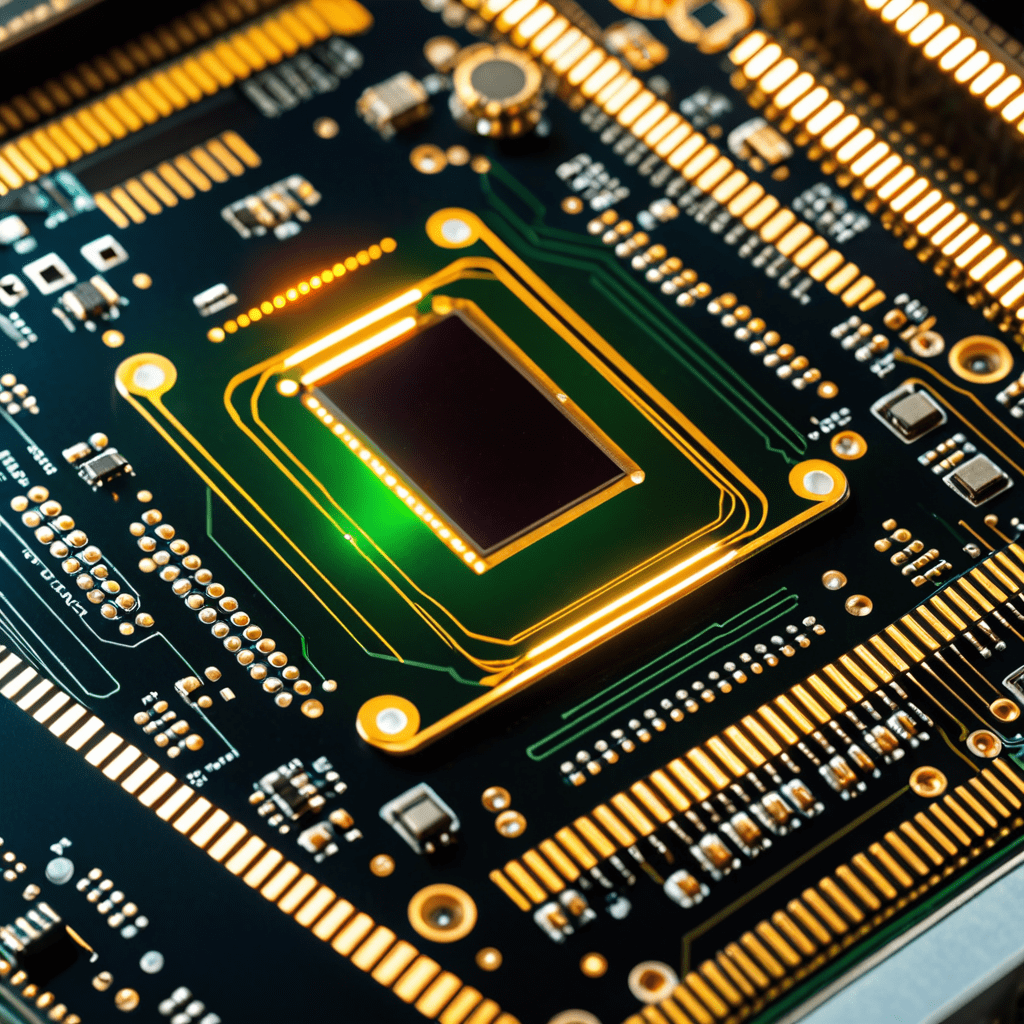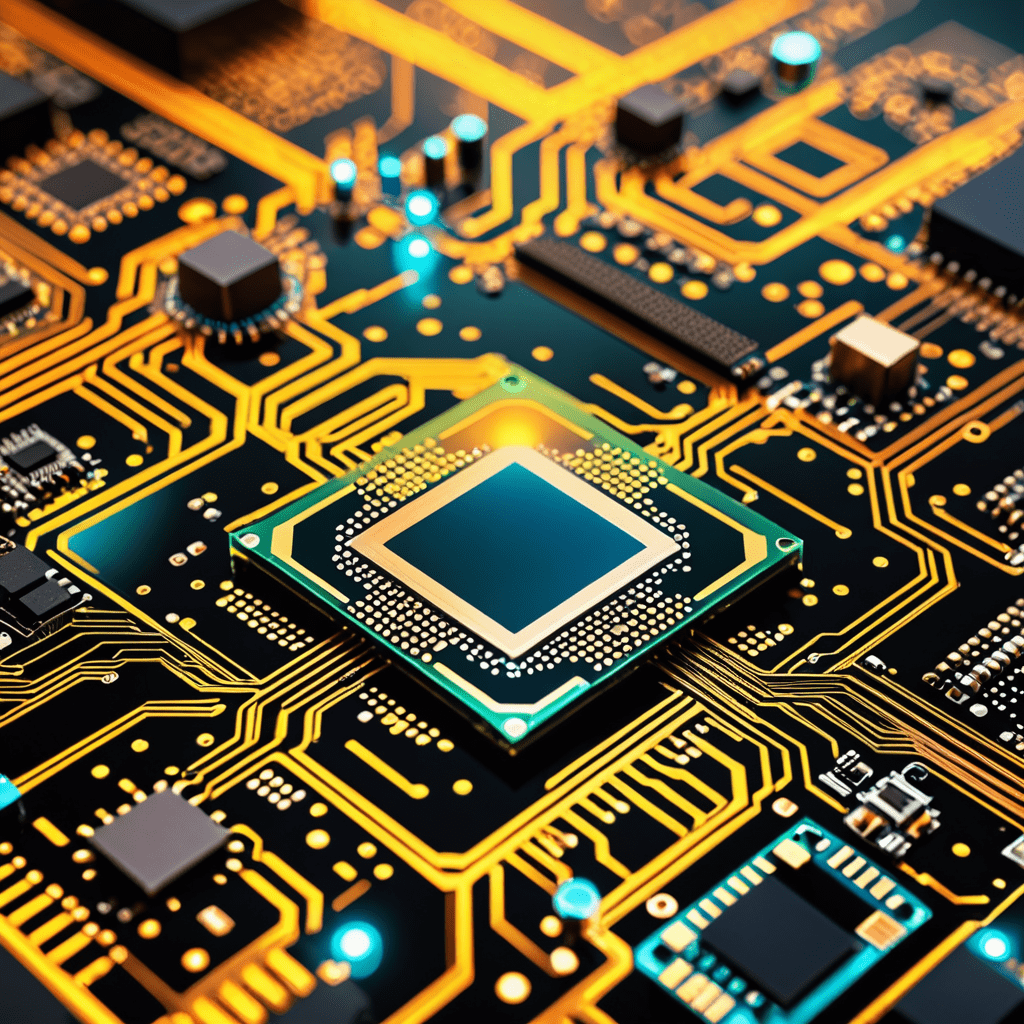
Nanotechnology in Optoelectronics: Advancements in Light-Based Technologies
Understanding the Role of Nanotechnology in Optoelectronics
Nanotechnology has revolutionized the field of optoelectronics by enabling the manipulation of light at the nanoscale. Optoelectronics involves devices that can source, detect, and control light, such as LEDs, solar cells, and optical fibers. With nanotechnology, scientists can engineer materials and structures at the molecular level, leading to enhanced optical properties and performance.
The Impact of Nanomaterials on Light-Based Technologies
Nanomaterials like quantum dots, nanowires, and plasmonic nanoparticles play a crucial role in improving the efficiency and functionality of optoelectronic devices. These materials exhibit unique optical properties due to their small size, including enhanced light absorption, emission, and manipulation, making them ideal for applications in displays, sensors, and photovoltaics.
Nanophotonics: Shaping the Future of Optoelectronics
Nanophotonics combines nanotechnology with photonics to create ultra-compact and high-speed optical devices. By confining light waves within nanoscale structures, researchers can achieve unprecedented control over light propagation and manipulation. This technology promises breakthroughs in data communication, sensing, and imaging systems.
Applications of Nanotechnology in Optoelectronics
The integration of nanotechnology in optoelectronics has led to a wide range of practical applications. From ultra-efficient LEDs and high-performance solar cells to advanced photodetectors and optical switches, nanotechnology is driving innovation in diverse sectors such as telecommunications, healthcare, and renewable energy.
Challenges and Opportunities in Nanophotonics Research
Despite significant progress, challenges remain in harnessing the full potential of nanotechnology in optoelectronics. Issues like scalability, cost-effectiveness, and material integration need to be addressed to transition laboratory innovations into commercial products. However, ongoing research efforts offer promising solutions and pave the way for new breakthroughs in light-based technologies.
The Future Outlook of Nanotechnology in Optoelectronics
As nanotechnology continues to advance, the future of optoelectronics looks increasingly promising. From ultra-fast data transmission and high-resolution displays to novel photonic devices and quantum light sources, nanotechnology is shaping the next generation of light-based technologies. With continued research and innovation, the integration of nanotechnology in optoelectronics is set to redefine how we interact with and harness light in the modern world.
Conclusion
In conclusion, the convergence of nanotechnology and optoelectronics holds immense potential for transforming the way we utilize light in various applications. By leveraging the unique properties of nanomaterials and nanophotonic structures, researchers and engineers are pushing the boundaries of what is possible in light-based technologies. As we continue to explore and innovate in this exciting field, the future of nanotechnology in optoelectronics looks brighter than ever.
FAQs about Nanotechnology in Optoelectronics
What is Nanotechnology in Optoelectronics?
Nanotechnology in optoelectronics involves using nanoscale materials and structures to enhance the performance of light-based technologies. It enables the manipulation of light at the nanoscale level for improved device efficiency.
How does Nanotechnology Impact Optoelectronic Devices?
Nanotechnology enhances optoelectronic devices by enabling the development of smaller, more energy-efficient components. It allows for better light absorption, emission, and manipulation, leading to improved performance in applications like LEDs, solar cells, and sensors.
What are Some Examples of Nanotechnology Applications in Optoelectronics?
Some examples include quantum dots used in displays for vibrant colors, nanowires for highly sensitive sensors, and plasmonic nanoparticles for enhanced light-matter interactions. These applications highlight the versatility and impact of nanotechnology in advancing light-based technologies.

